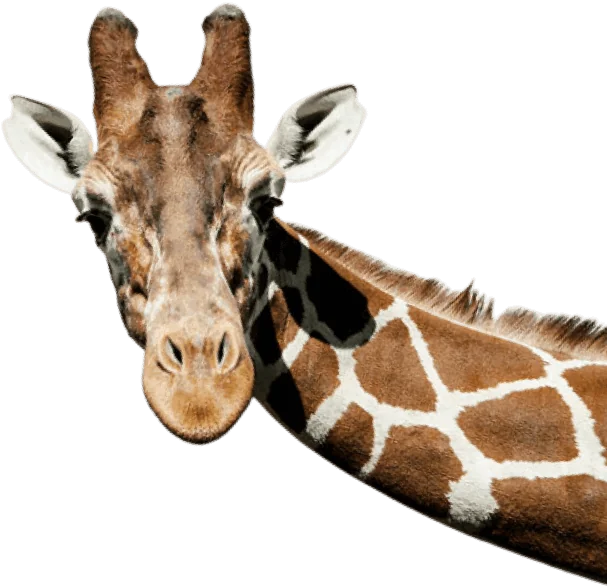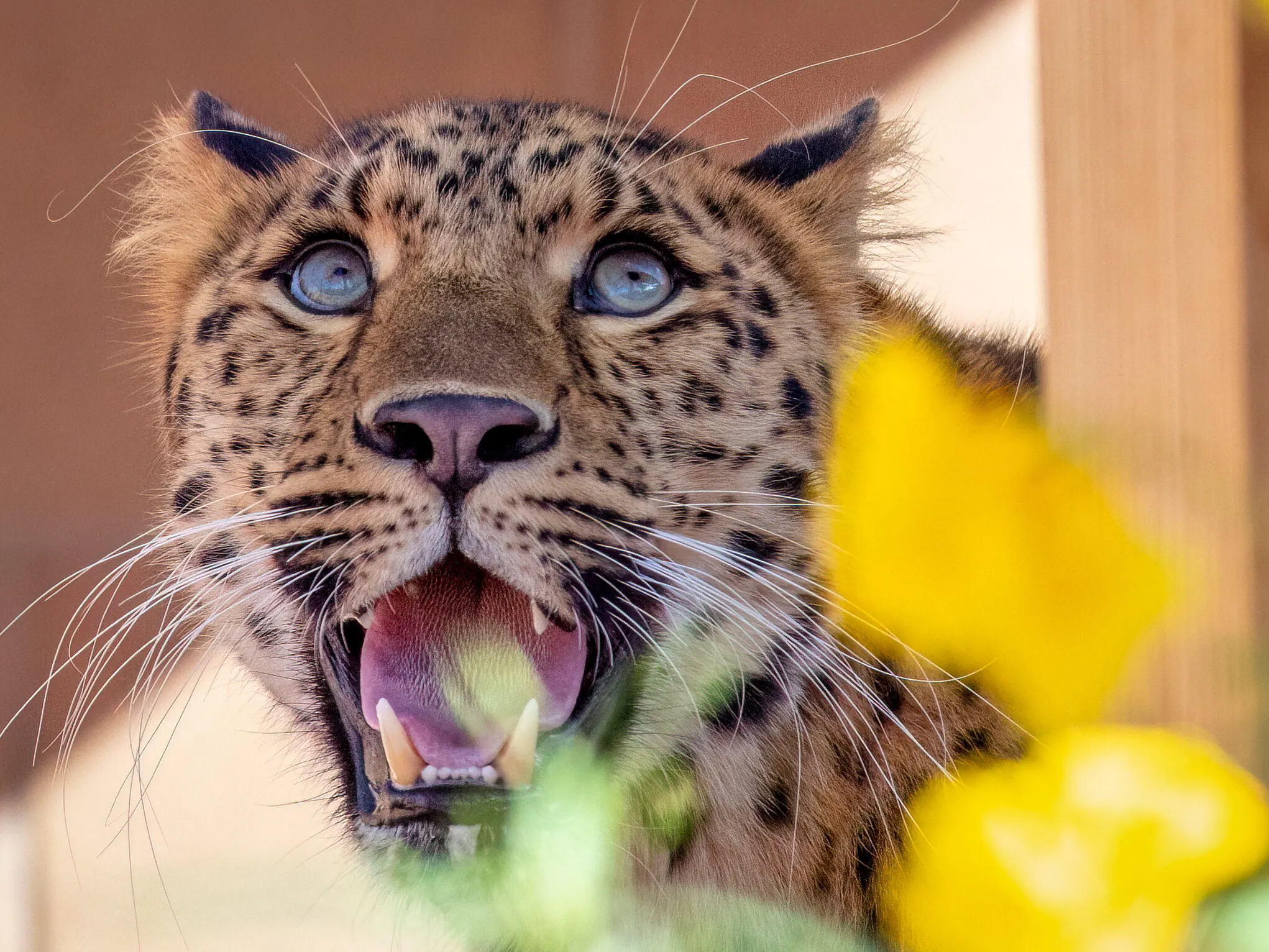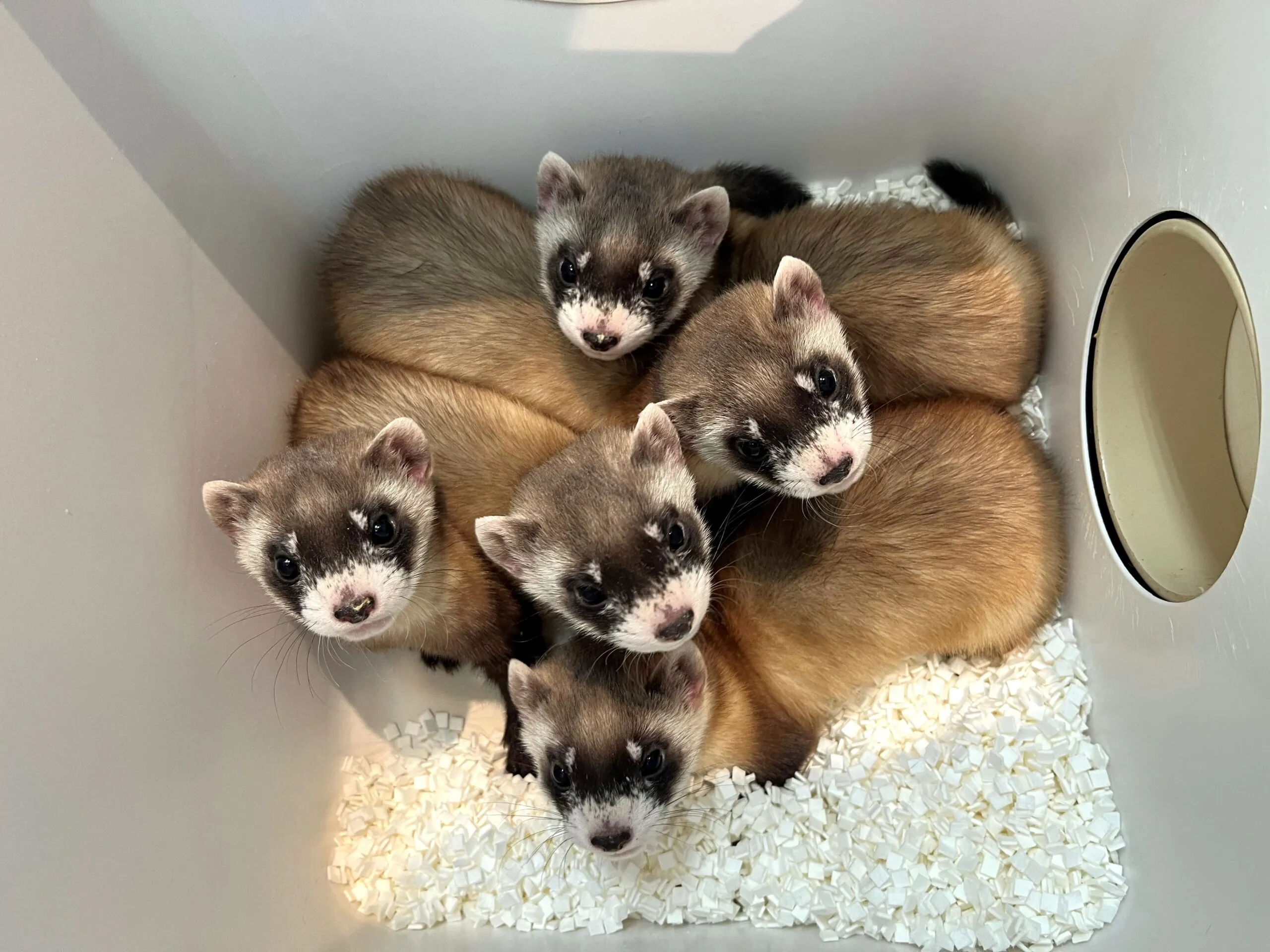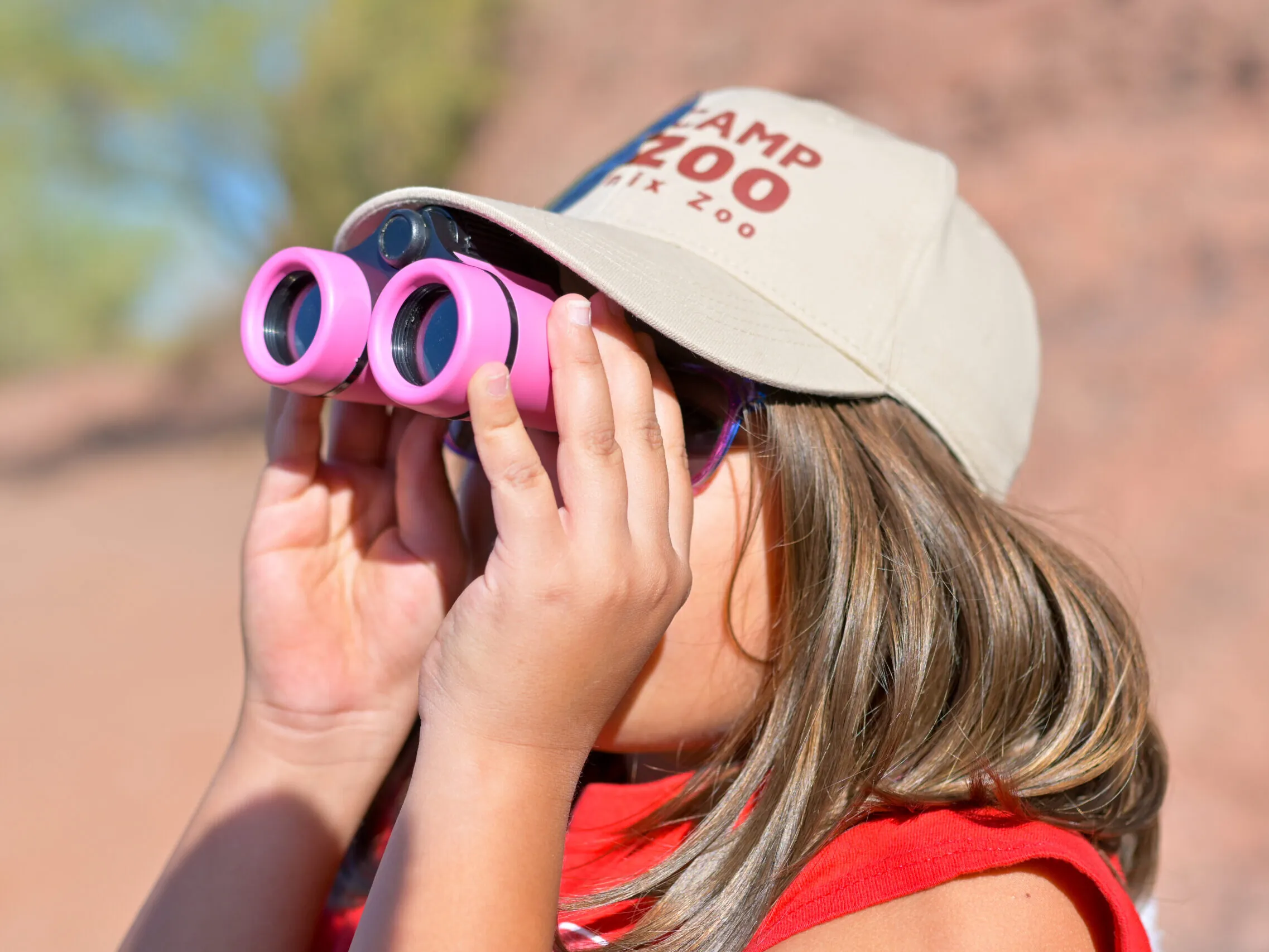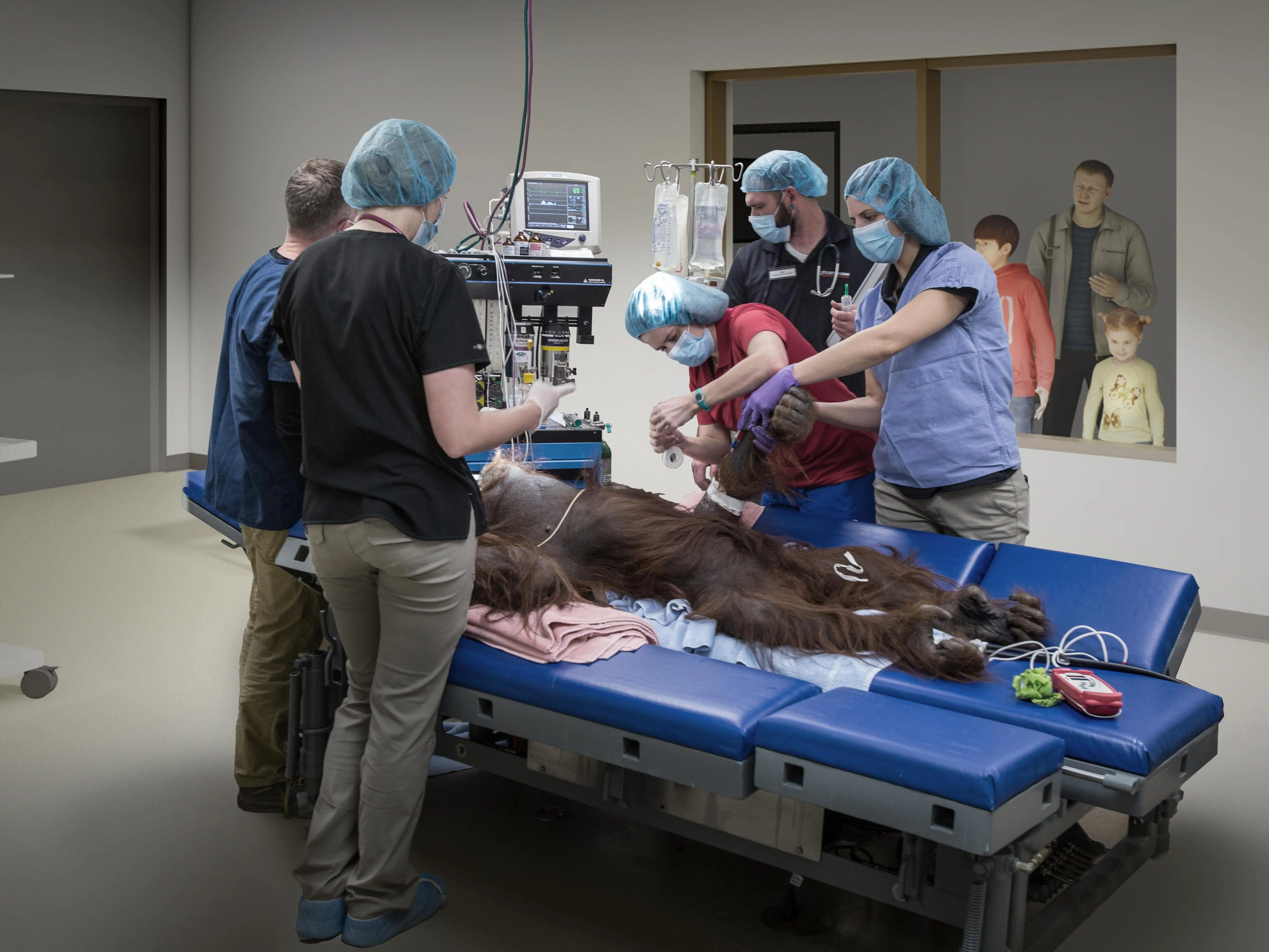Grevy's Zebra
Equus grevyi
I Am Regal
The Grevy’s zebra, which lives in semi-arid grasslands with few trees in Kenya and Ethiopia, is sometimes referred to as the Regal Zebra. It got this name because the Abyssinian Emperor Menelik II thought this zebra was so majestic that he gave one to French President Jules Grevy in 1882. It was thereafter called the Grevy’s zebra. It is also regal because it is the largest of the three zebra species, weighing up to 1,000 pounds. The only larger member of the equine family is the domesticated horse.
I May Resemble a Horse, but I’m Different
A member of the horse family (Equidae), the Grevy’s zebra is most closely related to the African wild ass. Its head is long, narrow and mule-like; its ears are big, round and fuzzy, and its mane is erect, rather than flowing like a horse’s. Like a horse, the Grevy’s zebra is an herbivore, eating mostly grass and sometimes tree bark and leaves, but unlike most mammals, it can go up to five days without drinking water. This zebra communicates with other zebras with a donkey-like bray, rather than the “neigh” associated with horses. The Grevy’s zebra can run up to 40 mph and has good stamina, enabling it to escape predators like lions which tire quickly, but horses are still faster. Also, this zebra is far more temperamental, aggressive and stubborn than a horse, which makes it almost impossible to tame.
I’m Sociable but Have Few Social Bonds
Unlike other equines, the Grevy’s zebra does not form permanent herds or social bonds among adults. It lives in a herd, but the herd’s composition can vary daily as members enter and leave; and associations among members rarely last more than a few months. The most stable relationships for this zebra are a mare’s attachment to her young, from one to three years; and a stallion’s attachment to its territory. It’s territory, at up to seven square miles, is largest of any herbivore.
Within the herd, there is little dominance or hierarchy. If there are no females to compete for, males will associate with other stallions in a friendly way. This zebra also mingles and interacts with other animals occupying the same habitat, like ostriches, antelopes, and wildebeests. The zebra benefits them by eating dry, hardened grass tips that are too tough for these other herbivores. Because of the poor nutritional content of these foods, the Grevy’s zebra spends 60 – 80 percent of its time eating.

Diet: grasses, shrubs, fruits, tree bark
Zoo Diet: formulated feed, hay, browse
Habitat: semi-desert regions, grasslands, savannas
Weight: 750 – 1,000 lbs

Learn more about how the Zoo is helping Gevy’s zebras
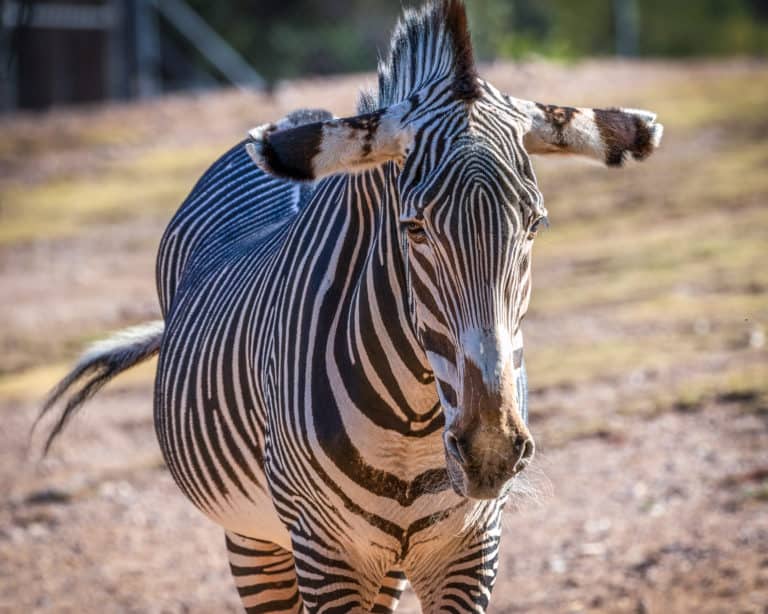
Plan your visit today!
The Phoenix Zoo is one of the largest non-profit zoos in the U.S., caring for over 3,000 animals, with nearly 400 species represented, including many threatened/endangered species.
